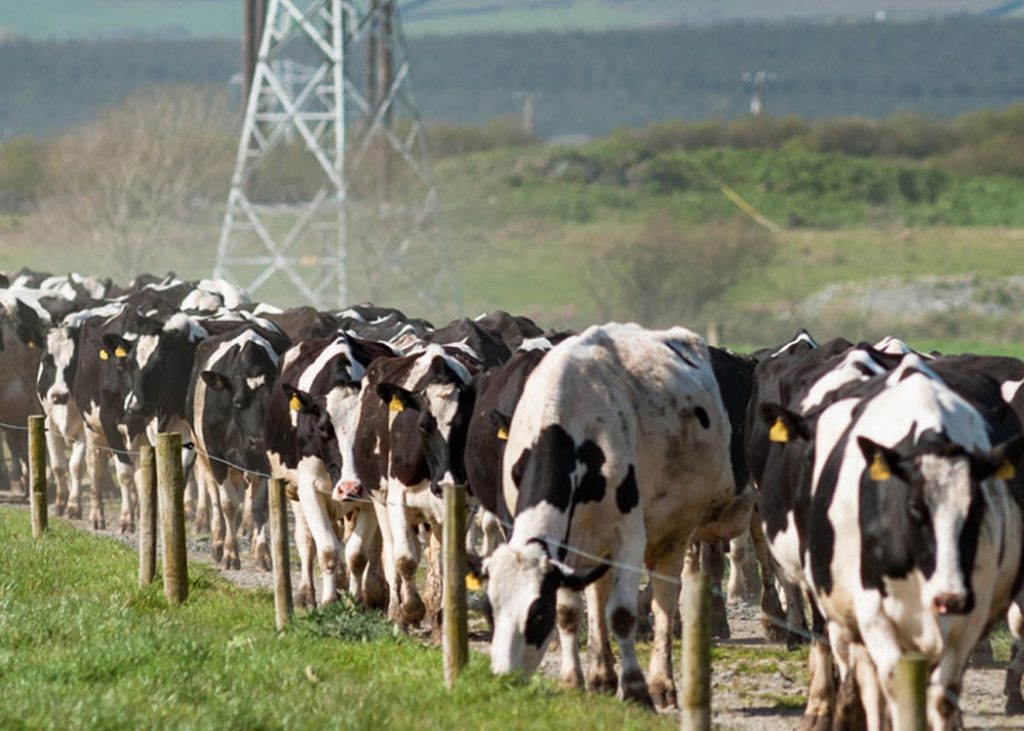
AVN WEB DESK
Nitrogen, despite constituting nearly 80pc of the air we breathe and being an essential element for life, vital in DNA, proteins, and chlorophyll, has become a global threat due to human activities in the agriculture sector.
The revolutionary Haber-Bosch process, driven by fossil fuels, shattered the limits by producing ammonia and synthetic fertilizers, extensively used in crop cultivation. However, this influx of nitrogen has disrupted the Earth’s natural nitrogen cycle, leading to nitrogen pollution and overshooting several planetary boundaries.
Nitrates, causing eutrophication, pollute waterways. Nitrous oxide, a potent greenhouse gas and ozone-depleting substance poses environmental risks. Ammonia contributes to air pollution, with severe health impacts. Nitrogen is also utilized in the production of long-lived synthetic substances that can become pollutants.
Addressing nitrogen pollution requires improved agricultural management and technology, potentially reducing nitrogen pollution by a third or more. Circular economy solutions include enhancing fertilizer efficiency, promoting natural nitrogen fixation, and recovering and reusing wasted nitrogen. Societal changes, such as a shift in human diets away from meat, are also essential.
While global attention remains focused on carbon dioxide in the context of climate change, nitrogen, often overlooked, plays a crucial role in destabilizing the climate and impacting Earth’s life support systems.
Mark Sutton, an environmental physicist at the UK Centre for Ecology and Hydrology, says that nitrogen’s pervasive but invisible influence requires urgent attention.
The imbalances in Earth’s natural nitrogen cycle, resulting from human activities in agri-food, industry, and transport, have prompted scientists to issue warnings over the last two decades. Circular economy solutions are available, but they necessitate significant agricultural and societal transformations.





